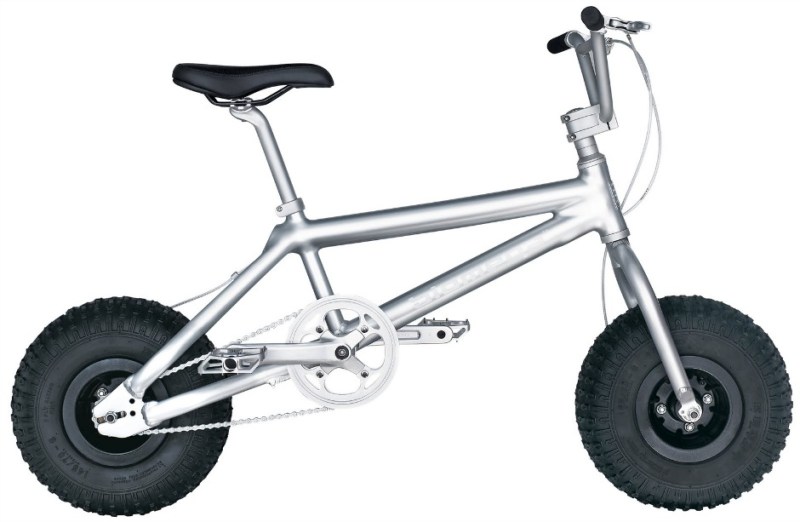
Interestingly, the Brooklyn isn’t named after the New York borough, but rather Brooklyn Machine Works, the New York-based BMX manufacturer. Skibsted designed the tires, which measure in at 15 inches, to be chubbier than most bike tires so that they can withstand muddy fields, dirt, snow and sand. Weighing in at just 40 pounds, the Biomega Brooklyn has an alloy frame, leather seat and front and rear mechanical disc brakes. And get this design junkies — the creative process took was so intensive that it took two years.
“If you take one of the wheels and bounce it on the floor, it will bounce like a basketball,” Skibsted once said. “So you can definitely play around with it.”
Just don’t try shoot some hoops with the tires; those babies are meant for freestyle riding.
“You can take this bike from your habitual city playground to a dune or a heap of snow and maintain your thrust” said the Biomega website.
Sleek, strong and full of fun — the Brooklyn Biomega is every grown-up BMX rider’s dream come true.
The Biomega Brooklyn, $2,500 at biomega.dk.


